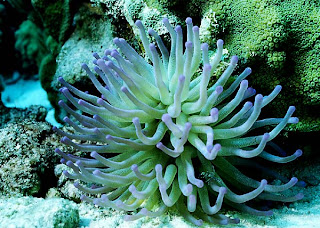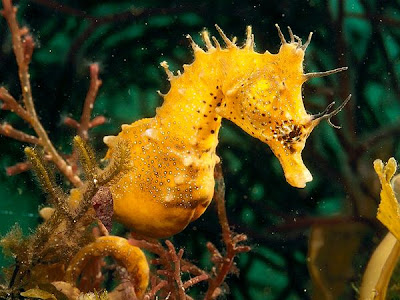Click here for the 'Seeds of Eaden' seed shop
My friend recently ate this baked cheesecake dish in New York as part of his Thanksgiving meal and said it was delicious. An avid cheesecake lover, I had to make this Halloween dessert and it tastes yummy. It is the perfect way of using up hollowed-out pumpkin purée.
Serves 6
Ingredients
12 oz / 340g cooked pumpkin or pumpkin puree
12 oz / 340g cooked pumpkin or pumpkin puree
15 digestive biscuits
2oz / 60 g butter
8oz / 225 g caster sugar
3 large eggs
8 oz / 250 g mascarponi cheese
7 oz / 200 g cream cheese
90ml / 3fl oz double cream
1 tea spoon freshly grated nutmeg
1 tea spoon ground cinnamon
Method
Heat the oven to 170C/325F/Gas 3.
Crush the digestive biscuits to form fine crumbs.
Melt the butter and add to the biscuit crumbs. Place the mixture into a
cake tin and push down firmly with the back of a spoon. Place in the
fridge to chill for 30 minutes.
 Place the
mascarpone cheese, cream cheese, pumpkin puree, sugar, cinnamon and nutmeg into
a bowl and mix thoroughly with a wooden spoon until smooth. Fold the beaten
eggs into the cheesecake mixture.
Place the
mascarpone cheese, cream cheese, pumpkin puree, sugar, cinnamon and nutmeg into
a bowl and mix thoroughly with a wooden spoon until smooth. Fold the beaten
eggs into the cheesecake mixture.
Pour the cheesecake mix onto the base and bake in
the oven for 90 minutes until the surface is set, but the underneath is still wobbly.
Let the
cheesecake cool in the tin and then place on a plate and chill overnight.
Serve with the whipped
double cream.
For related articles click onto:
Banana loaf recipes
Black Forest cake
Cherry pie
Chocolate Cheesecake
Christmas cake
Christmas mince pies
Christmas puddings
Gooseberry crumble
How to Grow Pumpkins from Seed
Pumpkin carving
Pumpkins
Pumpkin Bread
Pumpkin cheesecake recipe
Pumpkin carving for Halloween
Pumpkin cupcakes
Pumpkin Risotto recipe
Raspberry pie
Recipe for blackcurrant cheesecake
Recipe for Chocolate Cheesecake
Recipe for Egg Custard
Recipe for English Apple pie
Recipe for pancakes
Recipe for pea salad with mint
Recipe for pumpkin pie
Recipe for pumpkin puree
Recipe for rhubarb crumble
Recipe for strawberry cheesecake
Recipe for strawberry jamRecipe for victoria sponge
Strudel recipe
Sponge cake recipe
What is Halloween?
What is the difference between a squash, pumpkin and a gourd?
Artichokes Alla Romana



























